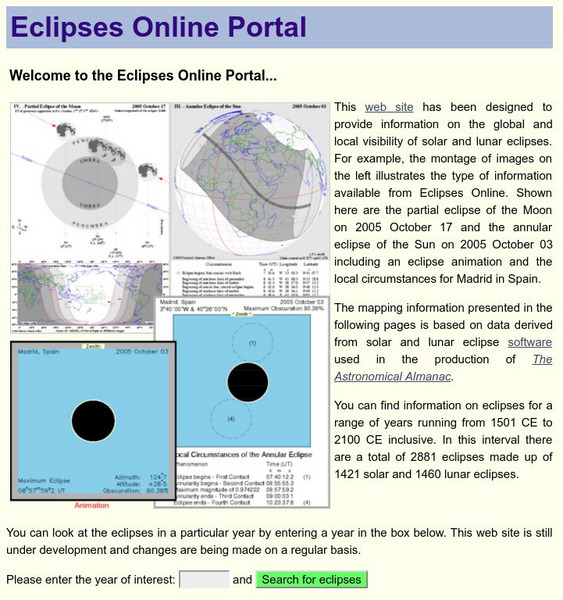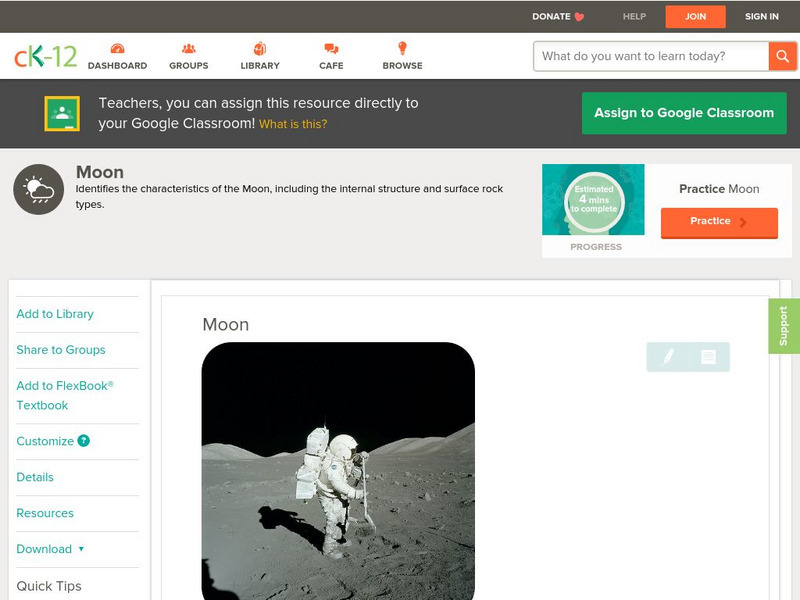Curated OER
Lunar Real Estate
Pupils investigate the aspect of colonizing the moon by comparing techniques that are used on Earth. The colonization takes place with the planning of a hypothetical model. The model is used as a point of discussion and target questions...
Curated OER
Regolith Formation
Students study what regolith is and how it contrasts with weathering on Earth. In this weathering lesson students divide into groups, hypothesize and confirm their guesses.
Curated OER
Lunar Lollipops
Students simulate the phases of the moon using a lamp and styrofoam balls. In this lunar phases lesson plan, students stand around a lamp and act as Earth. They hold styrofoam balls and rotate to show the phases of the moon.
Curated OER
Phases of the Moon
Students answer the question, "How are the motions of the Earth, the moon, and the sun, related to the moon's phases?" They observe the moon to create a moon journal and a phases of the moon diagram.
Curated OER
Stellar Resorts
Students explore the future of "orbital vacations" and create fanciful tours of the Milky Way Galaxy. Students respond to the following prompt in their journals "Entrepreneurs are currently designing concepts for accommodating tourists...
Curated OER
Tides, Eclipses, Day and Night, and Seasons
In this earth science learning exercise, students use the clues given at the bottom of the sheet to complete the crossword puzzle on tides, eclipses, day and night, and the seasons of the year. There are 17 clues to solve in the puzzle.
Curated OER
A Tour Through China
Students explore the culture, development, inventions, and geography of China in the seven lessons of this unit. The teachings of Confucius are examined and the celebrations for the Chinese New Year are inspected.
Curated OER
Solar and Lunar Eclipses
Young scholars complete a WebQuest in order to better explain solar and lunar eclipses. They observe images and videos of eclipses from around the world.
Curated OER
Tides of Change
Students use the Internet to gather information on tides and then use this information to determine the period of revolution of the moon around the earth (part 1) and the relative pull of the sun and the moon on the tides (part 2).
Curated OER
Space: The Final Frontier
Sixth graders construct a graph to demonstration information that they've learned about the solary system. They also write or illustrate a sonar or lunar eclipse.
Chase Young, PhD
Dr. Chase Young, Ph D: Reader's Theater Script: "How 400,000 People Landed Apollo 11" [Pdf]
A reader's theater script for Dixie Allen's nonfiction book, Team Moon: How 400,000 People Landed Apollo 11 on the Moon, is provided on these pages. Ten character roles are needed in this activity.
NASA
Nasa: Apollo Lunar Surface Journal
NASA provides a record of the six Apollo landings on the Moon. This site provides transcripts of communications between the astronauts and mission control. Commentary by the astronauts and the journal editor is included.
Other
Lunar and Planetary Institute: Apollo Surface Panaramas
View a spectacular collection of photographic panoramas taken by Apollo astronauts while exploring the lunar landscape. These images can be studied using zoom and pan tools or by reading an annotated version that identifies major...
Science Education Resource Center at Carleton College
Serc: Using Oreo Cookies to Discover the Moon Phases
Students will understand the phases of the moon by scraping away the frosting from the inside of Oreo cookies, and placing them in moon phase order.
Woods Hole Oceanographic Institution
Whoi: What Causes Tides?
The Woods Hole Oceanographic Institute provides an in-depth but easy to read article on the role of the moon and the sun in respect to tides.
Youngzine
Youngzine: Asia to Welcome Year of the Rooster
Find out about the Chinese calendar, or the Lunar Calendar, and the celebrations that accompany this tradition.
Other
Eclipses Online: Solar & Lunar Eclipses
This resource explores both solar and lunar eclipses from the past, the present, and the future. It gives detailed explanations to where the eclipse was and when it will happen again. Enter a year in the search box to find eclipse...
National Geographic Kids
National Geographic Kids: Quiz Whiz: The Moon
Take this interactive, ten-question quiz about the moon. Read facts about Earth's satellite after each questions is answered, and then get your score.
CK-12 Foundation
Ck 12: Earth Science: Moon
[Free Registration/Login may be required to access all resource tools.] Identify characteristics of the Moon.
CK-12 Foundation
Ck 12: Earth Science: Moon
[Free Registration/Login may be required to access all resource tools.] Identify characteristics of the moon.
NASA
Nasa Space Science Data Archive: Lunar Exploration Timeline
Available in both HTML and Shockwave formats, this site is a visual timeline of US, Soviet, and Japanese Lunar exploration. Each point of the timeline links to text information about that spacecraft and mission.
Sophia Learning
Sophia: Features of the Moon
A short tutorial explaining the main features of the moon's surface.
Cool Math
Coolmath: Science Monster: Our Moon
Read about our planet's only satellite, better known as the moon in this colorful, illustrated tutorial.






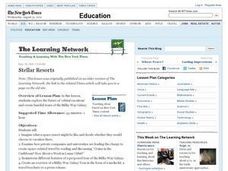

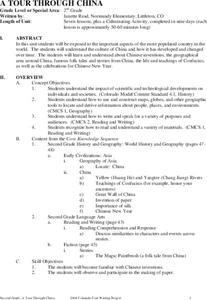
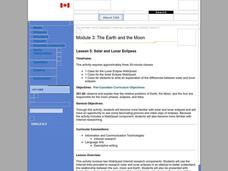
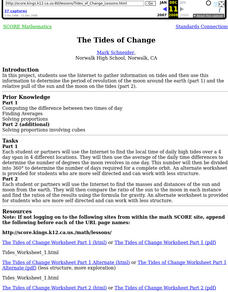

![Dr. Chase Young, Ph D: Reader's Theater Script: "How 400,000 People Landed Apollo 11" [Pdf] Activity Dr. Chase Young, Ph D: Reader's Theater Script: "How 400,000 People Landed Apollo 11" [Pdf] Activity](https://d15y2dacu3jp90.cloudfront.net/images/attachment_defaults/resource/large/FPO-knovation.png)




